UK Wine Trends
What does the future of the UK wine industry look like?
As part of our ongoing 2020 trend highlight we take a look at the factors that are currently driving the UK wine market, and could influence further over the coming months and years. The wine industry is under pressure, but within it there are significant areas for growth. The list isn’t exhaustive, and some of it isn’t new. But first ...
Our pledge
No false claims - be wary, the world is full of them. If it says it’s sustainable, carbon neutral and/or good for you, where’s the evidence?
Fact checking - we’ll state the facts in plain English with proof. If evidence can’t be found, the brand needs to prove the facts which are intrinsically ...
Knowledge based - we’ll reference experts, reports, certificates and studies to highlight the claims associated with any brand.
So, what’s hot (metaphorically, not physically) right now in wine for the year 2020?
1. Organic
The organic wine category has been growing for some time, but 2020 could really see it accelerate. While sales currently still make up a small percentage of the overall global market at just 3.6%, numbers of vineyards filing for organic certification are increasing in order to cope with a rising level of consumption. By 2022 worldwide sales are expected to hit 1 billion bottles per year, based on the fact that the market doubled in size between 2012 and 2018. In the UK market share is slightly higher than average, while a recent IWSR report showed that buyers are willing to pay 38% more for a tipple that comes with the official certification. The word ‘organic’ is now incredibly well understood by consumers here and is being affiliated with quality and health. The future is bright for organic wine.
2. Biodynamic
Once described as ‘Organic Plus’ by one of our clients, biodynamic wine is on the rise, particularly in high-end circles as producers look for new ways to maintain the quality of their product. The methodology involves a more holistic and hands-on approach to the horticultural process and is proving valuable across the globe, particularly in places facing environmental challenges to stable growing conditions such as France and Australia. Expect to hear more about cow horn, lunar calendars and the necessity to finally view a vineyard as an ecosystem, with more focus on soil health and maintenance as a key activity. The main barrier will be consumer understanding, with biodynamic remaining a niche term, in part due to having no recognised certification or education programme attached. A growing number of consumers are likely to buy biodynamic wine without ever being aware of it being so, mainly due to the premium positioning of most wines in the category.
3. Rosé
Last year it was reported that pink wine was here to stay, with sales booming worldwide. The UK market was maturing enough to shed its seasonal nature as consumption continued long into the winter months, while the average price per bottle increased as people looked for quality over quantity. The future looked…rosé.
Turns out they were only partially right. 2019 saw a new word enter the vocabulary of most vintners, particularly in France. Nacre was the descriptor on everyone’s lips, which translates to mother-of-pearl. It has been used to denote a wine that shimmers, but is so light in colour that it is difficult to identify it as either white or rosé. We expect the nacre trend to jump the Channel this year, while the warming climate favours the shift towards the refreshingly crisp notes of a good rosé.
4. Low/no-alcohol
Millennials and Generation Z are consuming less alcohol than previous generations, in part thanks to the mounting pressures of social media and our peer-led surveillance culture. They do however still crave the social experiences that have traditionally come with enjoying a tipple, with the rise of ‘mindful drinking’ set to continue. To highlight this, despite lowering alcohol sales the Office of National Statistics reported that the number of pubs in the UK actually rose in 2019 for the first time since 2010. The modern pub, off-licence, and supermarket must cater for all, and as such we think a raft of non-alcoholic cocktails and spirits will go mainstream in 2020. Expect wine sales to be picked up in the jet stream.
5. Vegan/vegetarian
Veganism and vegetarianism have captured the nation, and it has filtered steadily into the wine market. Expect designated sections in most stores, including multiples, by year end if they are not there already.
6. Vermouth
Fortified wines have taken a full-scale battering over the last decade with sales of sherry, port, vermouth and others dropping by as much as 50%. But vermouth is one drink to have seemingly stemmed the tide, in part thanks to its versatility and use in a number of classic cocktails. Think martinis, manhattans and negronis, and you can see why sales have increased off the back of the home cocktail revolution and the gin boom. We expect sales to continue to rise steadily in 2020.
What’s not?
1. Sparkling
Fizz is once again on the decline after years of growth, having been hit hard by a change in taxation and changing consumer preference.
2. Magnums
2018 saw a 500% increase in magnum sales, but this appears to have been something of an anomaly. Don’t expect to see people marching out of stores with oversize bottles thrown over the shoulder on a regular basis any time soon.



